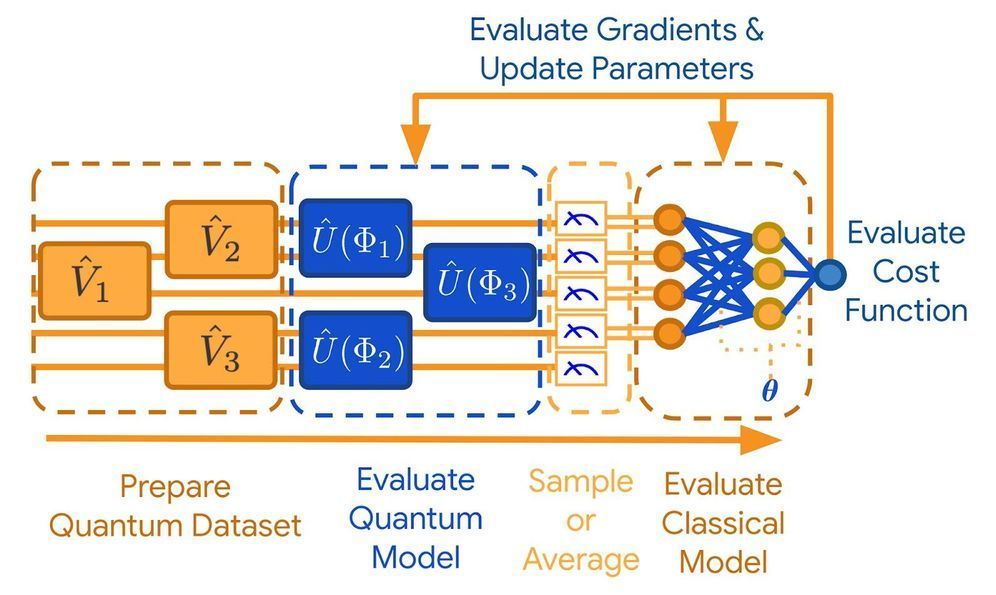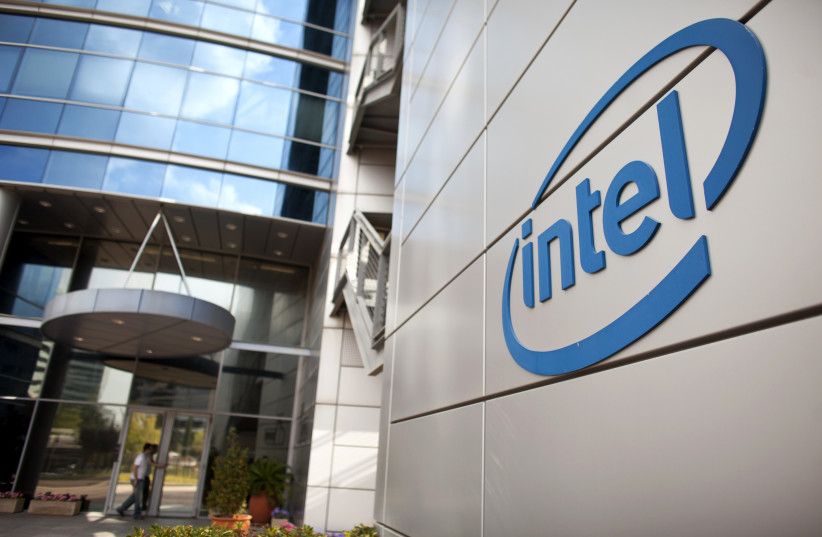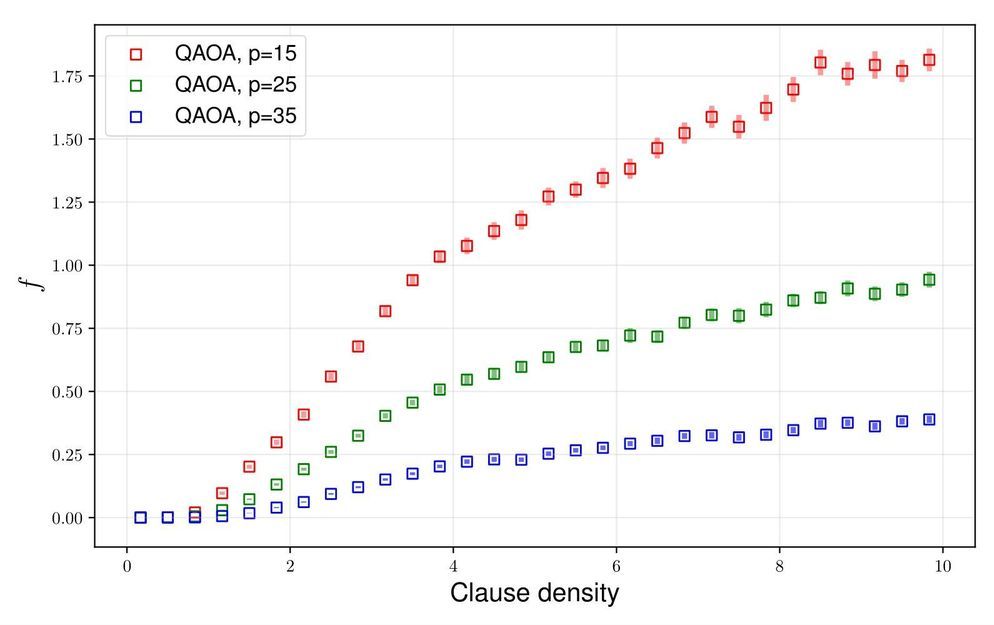Mar 24, 2020
Stephen Hawking –“Treating AI as Science Fiction Would Potentially Be Our Worst Mistake Ever“
Posted by Kelvin Dafiaghor in categories: alien life, information science, robotics/AI
“We should plan ahead,” warned physicist Stephen Hawking who died last March, 2018, and was buried next to Isaac Newton. “If a superior alien civilization sent us a text message saying, ‘We’ll arrive in a few decades,’ would we just reply, ‘OK, call us when you get here, we’ll leave the lights on’? Probably not, but this is more or less what has happened with AI.”
The memorial stone placed on top of Hawking’s grave included his most famous equation describing the entropy of a black hole. “Here Lies What Was Mortal Of Stephen Hawking,” read the words on the stone, which included an image of a black hole.


















